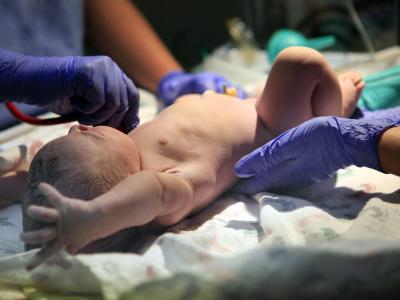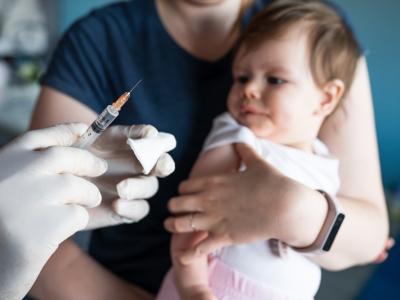Aug 25, 2008 (CIDRAP News) Wildlife officials in Rhode Island recently announced that during routine surveillance they detected the low-pathogenic form of H7N3 avian influenza in wild mute swans.
The virus was detected in 4 of 11 swans collected from the Seekonk River, near the Swan Point Cemetery, about 4 miles northeast of Providence, according to an Aug 21 press release from the Rhode Island Department of Environmental Management (DEM).
Testing was performed by the US Department of Agriculture. Officials did not say if any of the birds showed signs of clinical disease.
The finding prompted the DEM to increase surveillance of domestic poultry within 10 km (6.2 miles) of the site where the infected birds were found. The radius includes a portion of Massachusetts, where authorities from the Massachusetts Department of Agriculture will handle surveillance at poultry farms for the H7N3 virus.
Animal health officials advised that Rhode Island's poultry farmers observe standard biosecurity measures, especially preventing flocks from having contact with wild birds. The DEM urged farmers to have their flocks tested, free of charge, and to report unusual numbers of bird deaths.
In June, Tyson Foods, based in Springdale, Ark., announced that breeder hens at one of its farms in northwestern Arkansas had antibodies to the H7N3 avian influenza virus, according to previous reports. The company said the birds' exposure to the virus was found during preslaughter surveillance. The birds didn't show clinical signs of disease at the time of testing, but 3 weeks earlier farmers had noticed a mild increase in deaths and a drop in egg production that lasted 1 week, according to a Jun 10 report from the World Organization for Animal Health (OIE).
The flock was culled, and a few days later the H7N3 virus from one of the farm's poultry samples was isolated at the National Veterinary Services Laboratory, located in Ames, Iowa, according to the OIE report. No other outbreaks were detected in the area, and authorities didn't determine the source of the infection.
Last September a highly pathogenic strain of H7N3 subtype infected poultry at a commercial poultry farm in Saskatchewan, and in 2004 both the low- and highly pathogenic strains of the H7N3 virus were responsible for outbreaks in British Columbia.
The subtype doesn't often cause human illnesses, but during the 2004 outbreaks in British Columbia, two mild cases of H7 influenza were reported in poultry workers.
The last reported H7N3 outbreaks in the United States occurred in 2004 at three Texas farms.
See also:
Aug 21 Rhode Island DEM press release
http://www.dem.ri.gov/news/2008/pr/0821082.htm
Jun 10 OIE report
http://www.oie.int/wahid-prod/public.php?page=event_summary&reportid=7106
Jun 4 CIDRAP News story "H7 avian flu hits UK; US chickens exposed to H7N3"


















